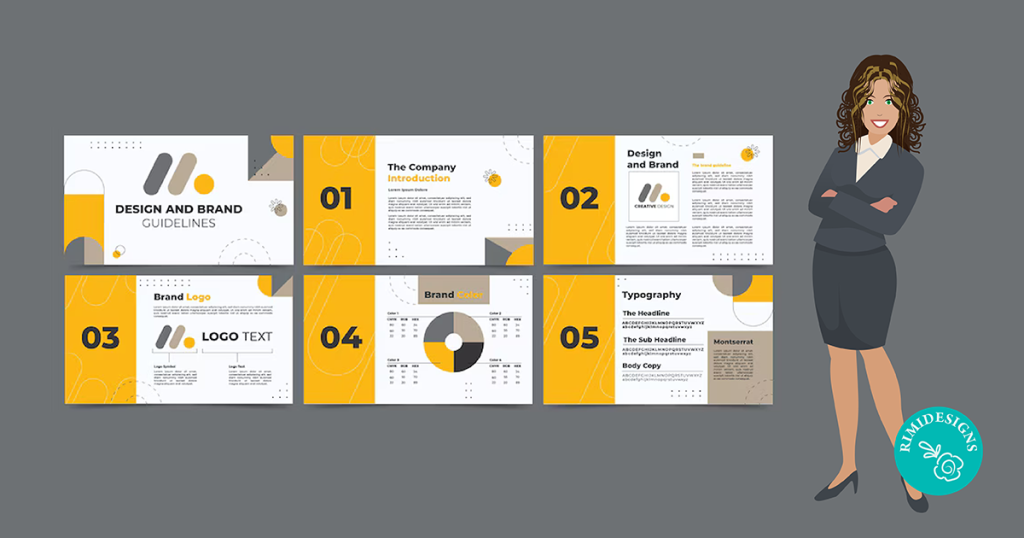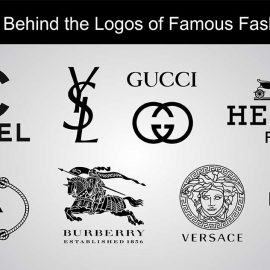
How to Create a Visual Style Guide for Your Brand
One of the most essential documents any business can have is a brand style guide, yet many don’t have one. But why are visual style guides so important? Because they ensure brand consistency throughout any collateral you produce – no matter who created it.
Style guides (or brand bibles) contain all the necessary information to create whatever your company needs. Whether it be a website, advertisement, internal memo or anything else, this little document will make your life a breeze.
So, if these guides are so important, why isn’t everyone on the bandwagon? The biggest reason is time. Style guides don’t just magically appear. They take time and effort to create and time is a precious thing.
But how much time does it take to explain to a designer how much space you need around your logo at all times? And how they’re not supposed to change any of the colours? What about finding every font you use and having to relay that to them as well? Not to mention any iconography you’ve got circulating. Then when you hire a second designer, since your business is booming, you’ll have to explain it all over again.
Do yourself a favour. Create a visual style guide now and save yourself a lot of time and frustration down the road. So let’s get started with some basics.
1. Dictate your logo size and placement
Your logo is an incredibly important part of your brand and you want it to be reflected consistently along the way. In your guide, you can dictate exactly how to use your logo.
It’s also important to show how to not use the logo. Designers are creative by nature, and it’s important to show them what they’re not supposed to do – alongside what they should. That way if there’s any issue, you can refer them to the style guide and show, where it clearly states, how the logo can and cannot look.
If your company has multiple logos it uses, you can condense the pages down and include all of the information in single pages or have pages dedicated to each logo.
2. Pick your colour palette and stick with it
Colours can be easily shifted from designer to designer or program to program. It’s important to give the exact hex code for web use, as well as CMYK values and Pantone colours for items that will be printed.
Shifts between RGB and CMYK can be severe, so be sure to manually check any conversions to make sure they’re accurate, which saves both time and money, if printing.
3. Choose fonts that reflect your unique identity
Fonts are a large part of any collateral you produce and it’s essential to be consistent with your typography throughout, in order to look professional.
Often, you’ll have many different typefaces each for a different purpose. In your guide, you can dictate what typeface goes where and how to use it.
4. Select iconography to set you apart
Iconography can really help set your brand apart. Include it in your guide to make sure it’s being used appropriately. You can link specific sets within the guide, so they’re much easier to find.
5. Set a style for your photography
Photography can also be a reflection of your brand. Specific styles evoke certain responses and people can recognise a brand based off of a photo.
While photos are necessary for all brands, if it’s an important part of yours, it’s something you should include in your guide for any photographers you work with to reference.
Keep in mind that photographers are visual people. If you’re going to provide them with specifications, give them some examples they can reference, as well.
6. Don’t forget about web-specific elements
Today, it is a necessity to have your brand online in one form or another. Your website should feel like your brand, just as much as anything else you produce.
A lot of the things you use for print will translate just fine over to the web but there are some things that are strictly online that you might not have thought about.
There are often multiple pages to a website and each page needs to look related to the next. Decide what information is most important and form a hierarchy to be used throughout.
The buttons and navigation bar should match your brand style, as well as a 404 page (fun 404 pages make light of an inconvenient situation).
7. Set your brand voice
A brand voice is just as important as the brand style. Your brand should sound and look a certain way.
In an ideal world, you’d have one person constantly writing everything your brand needs, but most of the time that’s not possible. Giving the writer you have on hand guidelines for how they should dictate your brand, will help avoid any instances of sounding off-brand.
You might include particular words and phrases that should always appear or be sure to say which words should be avoided. Maybe you only want to appeal to women over 65 who love to knit. Be clear to include who you’re targetting and how it should sound.
8. What it all boils down to
Now that you know the basics, you may be wondering if everything above is completely necessary for your brand and the answer is probably not.
Every brand will need different information. There are some brand guides that are over 100 pages and some that are as short as a single sheet. Determine what is most necessary for you and go from there.
It’s also important to realise that brands change. The visual style guide you create this week might be different than the one you’re using in a year. Allow for flexibility but always be sure to save old versions to refer back to.
That last thing you need to decide, is whether this is a public or internal document. There are pros and cons to both
If your document is public, you can give anyone who needs it the information directly through a link. The downside is anyone can get their hands on it and potentially rip off your branding.
If you choose to keep it internal, it can be a lot easier to update. You won’t have to worry about how professional it looks either, since it won’t be viewed outside of the company – although it is more difficult to relay to outside sources.
However you decide to make your visual style guide, it should be clear and concise. Whether it looks so fantastic you want to make it available for all to see or not so great and you just want to keep it within the family, it should do one thing: make the design process smooth and simple for all.
SOURCE: Canva
Ready to bring your vision to life? Don’t settle for ordinary, let’s design the extraordinary together! Unleash the power of your ideas with stunning visuals. Your masterpiece is just a click away. Think we’d be a great fit? Work with me and let my expert graphic design skills transform your concepts into captivating designs. Let’s talk!



